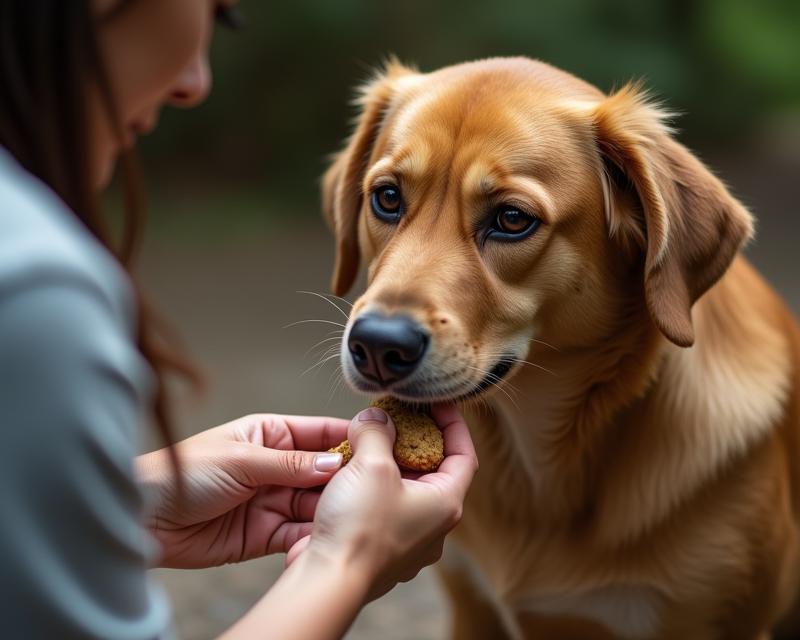Safe Nail Trimming for Your Pet
Publish in Health el 28/06/2025 23:21
Safe Nail Trimming for Your Pet
Keeping your pet's nails trimmed is an essential part of their overall health and well-being. Overgrown nails can cause discomfort, alter their gait, and even lead to painful deformities. Trimming them at home can be a bonding experience, but it's important to do it safely and correctly. This guide will walk you through the process step-by-step.

Gather Your Supplies
Before you begin, gather everything you'll need. You'll need:
- Nail clippers: Choose the right type for your pet's nail size and thickness. Guillotine clippers are good for smaller nails, while scissor-type clippers are better for thicker nails.
- Styptic powder: This is crucial! It stops bleeding if you accidentally cut the quick (the pink part of the nail containing blood vessels and nerves).
- Treats: Positive reinforcement is key! Have plenty of your pet's favorite treats on hand.
- Towel (optional): Some pets feel more secure wrapped in a towel during the process.
The Trimming Process
- Get Your Pet Comfortable: Start by getting your pet used to having their paws handled. Gently touch and massage their paws daily. Reward them with treats and praise.
- Identify the Quick: The quick is the pink part of the nail. It's easy to see in dogs with light-colored nails, but harder to spot in dark-colored nails. If you're unsure, trim very small amounts at a time.
- Trim Small Amounts: Only trim the very tip of the nail at a time. Angle the clippers to follow the natural curve of the nail.
- Reward and Praise: After each nail (or a few nails), give your pet a treat and plenty of praise. This helps them associate nail trimming with positive experiences.
- If You Hit the Quick: Don't panic! If you accidentally cut the quick, apply styptic powder immediately. Apply pressure for a few seconds until the bleeding stops. Keep calm and reassure your pet.
Important Considerations
If you're uncomfortable trimming your pet's nails, or if your pet is particularly anxious or aggressive, it's best to consult a veterinarian or professional groomer. They have the experience and tools to safely trim your pet's nails. Regular nail trims, even small ones, are much easier on your pet than infrequent, large trims. Aim to trim your pet's nails every 2-4 weeks.





